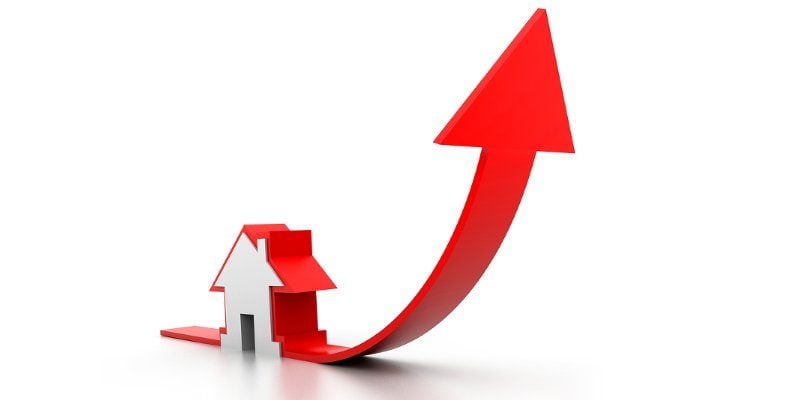Home prices in the U.S. jumped by 16% in April 2021 compared to April 2020, according to newly published data from the Federal Housing Finance Agency this week.

Home prices also grew on a month-to-month basis, rising 1.8% from March to April, surpassing the 1.6% increase seen the previous month, the FHFA said. The agency tracks seasonally-adjusted home purchase data from Fannie Mae and Freddie Mac.
The FHFA’s report also highlighted some even more pronounced home price increase in three specific regions, namely the Pacific Coast, the western states and New England.
It said that home prices in the western states - Colorado, New Mexico, Idaho, Wyoming, Utah, Nevada, Arizona and Wyoming - jumped by 21% compared to one year ago. In the Pacific Coast, which encompasses Washington, Oregon and California, prices were up 18%. The same 18% increase was also seen in Maine, Vermont, New Hampshire, Massachusetts, Connecticut and Rhode Island.
FHFA’s deputy director research and statistics Dr. Lynn Fisher said the home price increases were both monthly and annual records. “This unprecedented price growth persists due to strong demand, bolstered by still-low mortgage rates and too few homes for sale,” she said.
Mortgage rates did rise above 3% last week, for the first time in 10 weeks. But by historical standards the rate remains incredibly low, and mortgage applications are still rising.
Housing industry observers have largely blamed the COVID-19 for increasing demand for new homes. With more people working from home, those who’re financially able to buy a home with more space in a quieter area, away from city centers, have increasingly opted to do so. But the pandemic has also made some people reluctant to sell, experts say, which means home inventory has dried up.
The situation has been worsened by problems in the building industry, such as rising prices and shortages of building materials such as lumber. This has led to delays in many new constructions.
Those factors have contributed to some astonishing price rises in markets like Seattle, which saw its median home sale price jump by 26% in the last year, hitting a record $737,800 in May 2021. The demand has been fueled mainly be tech workers, previously content living in cramped apartments, wanting more space as they’re now forced to work from home.
While some have speculated on the possibility of a price bubble in housing markets, others say that market fundamentals paint a different picture.
Selma Hepp, deputy chief economist at CoreLogic, told CNBC that the risk of home prices crashing like they did during the Great Recession of 2007 is small because favorable mortgage rates and income growth has kept the ratio of mortgage payment to monthly household income relatively low.
“Consequently, elevated buyer demand, coupled with lacking for-sale inventories, will continue putting pressure on prices, which are likely to remain at double-digit increases through the third quarter of 2021,” Hepp said.